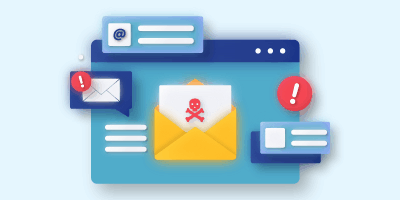A few weeks ago, GraVoc hosted a Business After Hours event, during which Director of Media Production Brian Gravel gave a presentation on business uses for Facebook. Many companies are turning to social media as a means of promoting their services and connecting with customers in new ways, but what happens when employees are given access to, and misuse, social media channels? A recent blog post from Aaron Pugh at CreditUnions.com looks into different approaches for letting employees use social media in the workplace.
Pugh argues that although employees could potentially generate bad PR through social media channels, total control is not a solution for businesses, as it leads to brand isolation. Businesses that control their social media channels by censoring content and restricting employee interaction and input are removing the social aspect of the platform. Pugh makes an example of the 2012 Olympics organizers, who have created a social media hub and are pitching the 2012 Games as the first social Olympics, and yet have prohibited volunteers, fans, and athletes from sharing pictures, discussions, or behind-the-scenes activities on social channels. This eliminates the social aspect and thus eliminates the purpose of social media, according to Pugh. He notes that many college graduates will pass up jobs at companies that block social media, and for that reason he points to a balanced policy in which employees are encouraged to interact with customers in a way that benefits the company as well as the client.
Pugh makes many valid points in his blog post. Employees can be a company’s biggest asset when establishing a social media presence, since employees can share their business’ social media channels with their various networks and extend the reach of the company. It is important to educate employees on the message and image your company plans to convey, and to establish appropriate use guidelines for social media. Though it may seem intimidating to let employees sound off on a public platform, with the right policies and educational tools in place, the benefits could be enormous.
Related articles
Business Email Compromise: Top BEC Tactics & How to Protect Against Them
We take a look at Business Email Compromise, including common BEC tactics and what your business can do to protect against them.
FFIEC CAT Sunset: Why the CRI Profile is a Strong Alternative
With the FFIEC CAT sunset approaching, we explore why the CRI Profile is a strong alternative to the CAT for financial institutions!
FTC Safeguards Rule Compliance for Auto Dealerships
We’ll go over the FTC Safeguards Rule, what it requires, and how a managed service provider can help auto dealerships stay compliant.




